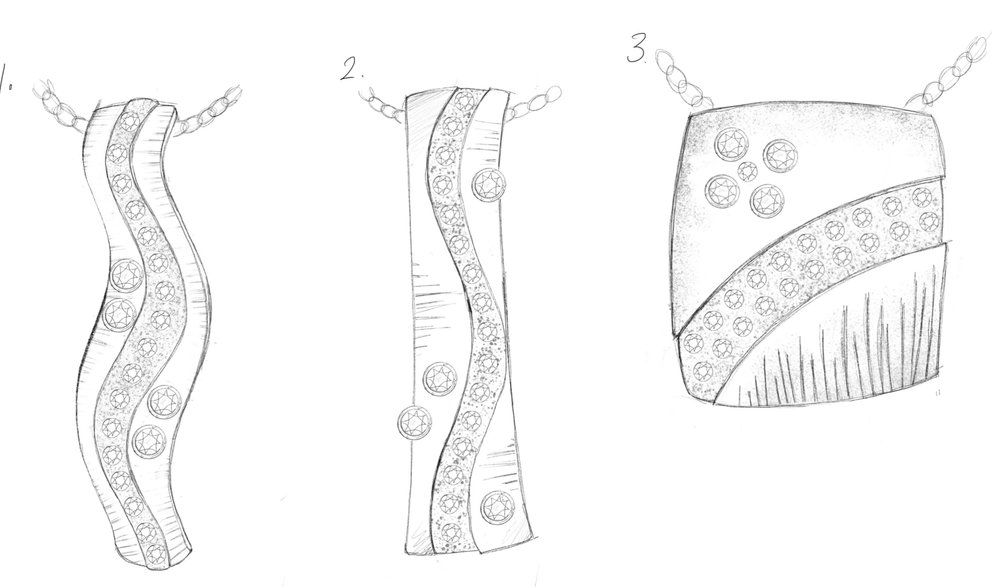Fashion industry organisations rally together to consolidate guidance for leaders
Less than eight years remain to align with the 1.5-degree pathway and achieve the Sustainable Development Goals laid out by the United Nations. If the fashion industry does not accelerate its response to climate change, by 2030 it will be responsible for producing approximately twice the volume of emissions permitted to align with the Paris Agreement global warming pathways towards net zero emissions by 2050. Meanwhile, the global pandemic and volatile geopolitical climate are dramatically disrupting the global economy, exacerbating social dilemmas, and disrupting commodities and value chains around the world. Bold alliances are needed to redesign the fashion system and establish pervasive change.
In a bid to accelerate progress, The GFA Monitor presents guidance according to the five sustainability priorities of the Fashion CEO Agenda: Respectful and Secure Work Environments, Better Wage Systems, Circular Systems, Resource Stewardship, and Smart Materials Choices. Building alliances through shared industry knowledge, each priority includes expert insights from GFA’s Impact Partners including: Fair Labor Association (FLA), the Social & Labor Convergence Program (SLCP), Ellen MacArthur Foundation, Apparel Impact Institute, and Textile Exchange, respectively. Through action on these priorities, GFA believes that the industry will progress towards achieving a living wage and fair compensation for all, a significant reduction of conventional virgin resources, and decreased emissions that will lead to a net positive fashion industry.
Federica Marchionni, CEO, Global Fashion Agenda, says: “With such an array of information circulating about sustainability, it can be challenging for leaders to identify which actions will lead them on the path to progress. Through this report, we aim to create an aligned resource for the industry. We have created alliances with multiple expert organisations with different specialties to combine existing knowledge and reduce complexity. The solutions and tools that the fashion industry needs to improve already exist. It’s time to use them ambitiously. I hope this report can be a companion for the industry on its journey to reach a net positive industry by 2050.”
Through a newly formed partnership with sustainability insights platform, Higg, GFA is working to establish a measurement baseline to improve the availability, reliability, and consistency of data to measure industry progress. Data from the brands and retailers that completed the Higg Brand & Retail Module (BRM)* indicates that they have made more progress in areas of Resource Stewardship, Respectful and Secure Work Environments, and Smart Material Choices, whereas there are still significant improvements to be made related to Better Wage Systems and Circular Systems. The data demonstrates that more action is urgently needed across all five priority areas to improve industry performance. (View more data highlights below).
Building on the inaugural 2022 edition, GFA intends for The GFA Monitor to become an annual gauge of the fashion industry; to monitor industry progress to increase accountability, present the latest insights and impact data, and identify critical actions required to meet its objectives. GFA welcomes further cooperation with other industry organisations as the annual report evolves and responds to industry and scientific developments.
GFA and its Impact Partners will discuss the findings during Global Fashion Summit: Copenhagen Edition, the leading international forum for sustainability in fashion, taking place on 7-8 June at the Royal Opera House, Copenhagen.
Jason Kibbey, CEO, Higg – Data Partner for The GFA Monitor, says: “Higg is honored to have been selected as GFA’s data partner. We look forward to helping close the information gaps that exist today to bring businesses the data necessary to make critical interventions and reduce impact.”
Words from The GFA Monitor’s Impact Partners:
Lewis Perkins, President, Apparel Impact Institute (Aii), says: “Congratulations to GFA on this new report highlighting the necessarily collaborative nature of industry efforts to accelerate positive impact. Aii is proud to contribute content on the proven, data-driven solutions that are ready to scale for improved resource efficiency. It is only with greater transparency and an eye towards the tremendous gaps we must fill rapidly in the coming years that our industry will successfully make the changes that are imperative today.“
Laura Balmond, Fashion Lead, Ellen MacArthur Foundation, says: “GFA brings together key industry actors to address challenges and create real change, which is why we’re delighted to share our vision of a circular economy for fashion in the latest GFA Monitor report. Together we can redesign the fashion industry from being a linear model of take, make waste, to one that eliminates waste and pollution, circulates products and materials and regenerates nature.“
Sharon Waxman, President and CEO, Fair Labor Association (FLA), says: “The GFA Monitor showcases what is achievable when fashion companies are committed to sustainability. At Fair Labor Association we work with global brands to foster that same commitment to improving the lives of workers in factories around the world. Collaboration is key to addressing the health, safety, and economic wellbeing of workers, especially on living wages.”
Janet Mensink, Executive Director, Social & Labor Convergence Program (SLCP), says: “The need to focus on respectful and secure working environments in fashion’s supply chains has never been more urgent. The guidance provided in the GFA Monitor can support the industry to move in the right direction and to harness the power of collaborative approaches that create systemic change and maximize impact“
Ashley Gill, Chief Strategy Officer, Textile Exchange, says: “With the Climate+ strategy Textile Exchange is committed to driving a 45% reduction in GHG emissions in fiber and material production. We urge companies to consider material choices and business models that reduce impacts without losing sight of interdependent impacts such as biodiversity, soil health, and water. The GFA Monitor will provide essential guidance to changemakers in the industry’s journey.“
Watch The GFA Monitor media briefing to learn more and hear from our Impact Partners.
Download the full embargoed report here and supporting imagery here.
Visit globalfashionagenda.org to stay updated on Global Fashion Agenda’s news and insights.
Logo: https://mma.prnewswire.com/media/1831476/GFA_Monitor_small_copy.jpg

SOURCE Global Fashion Agenda







